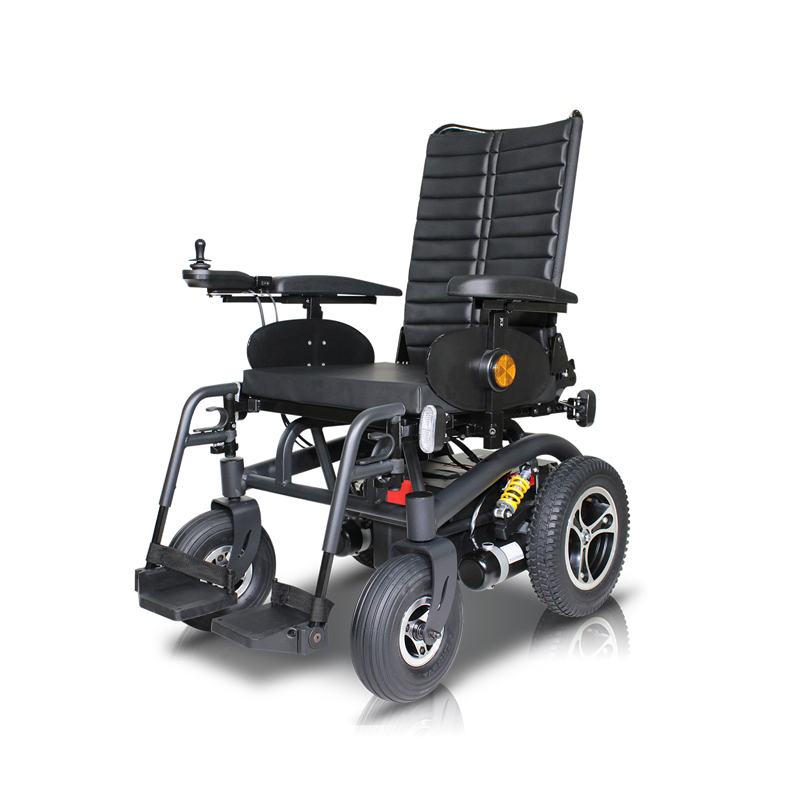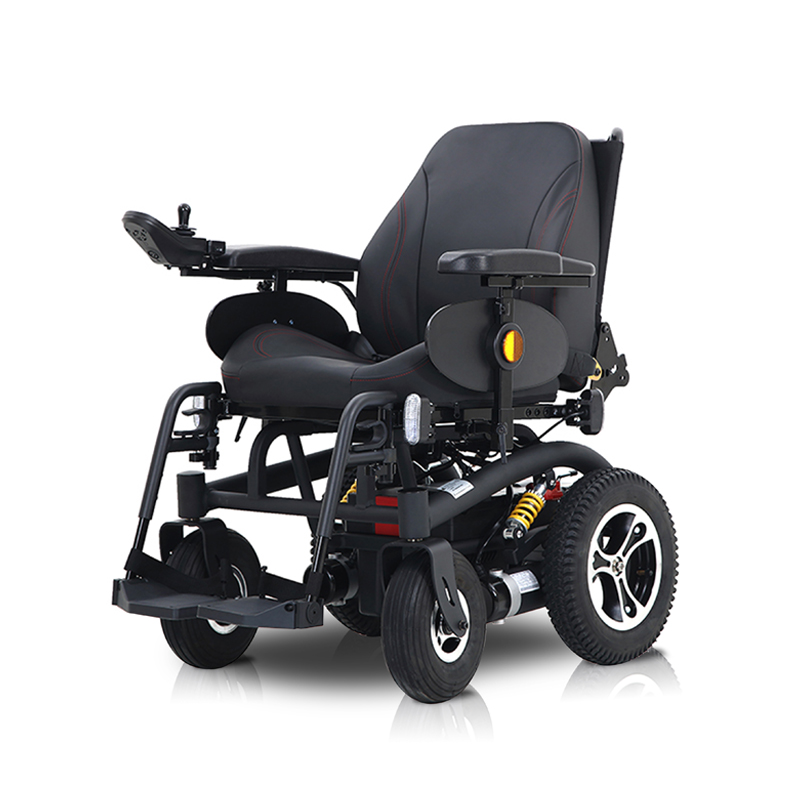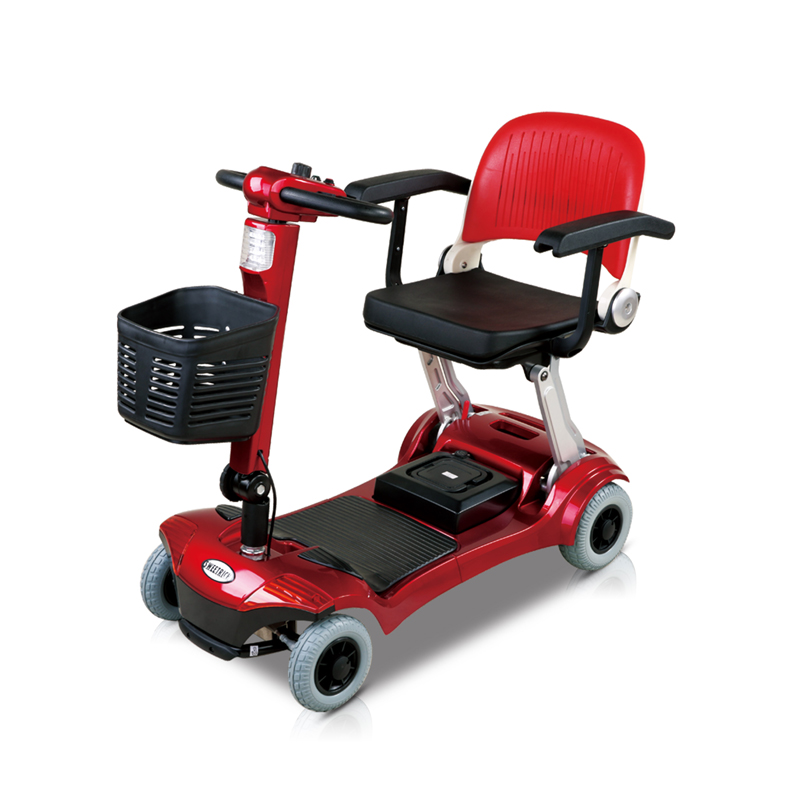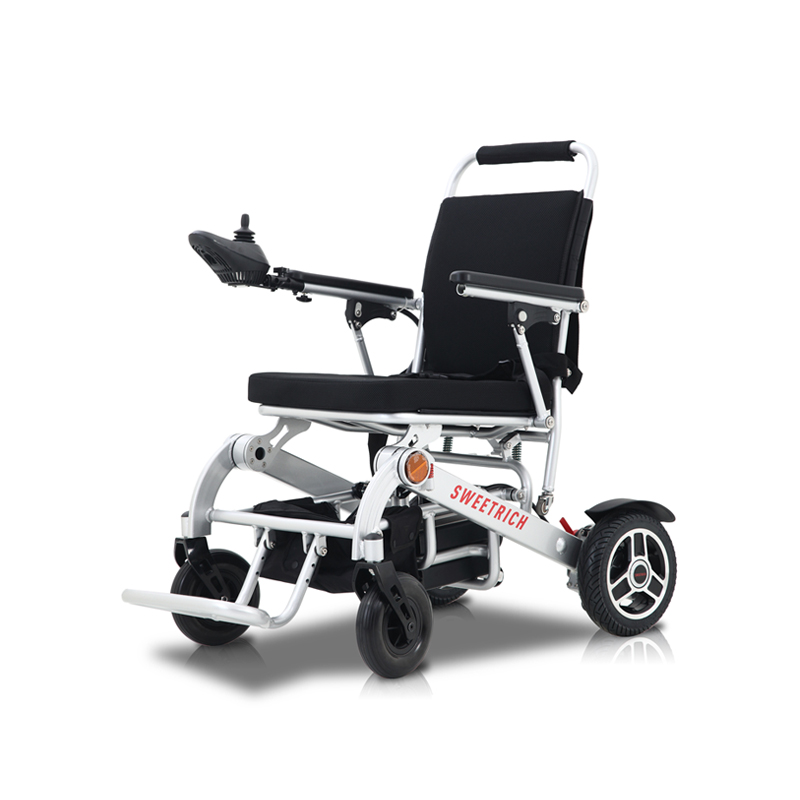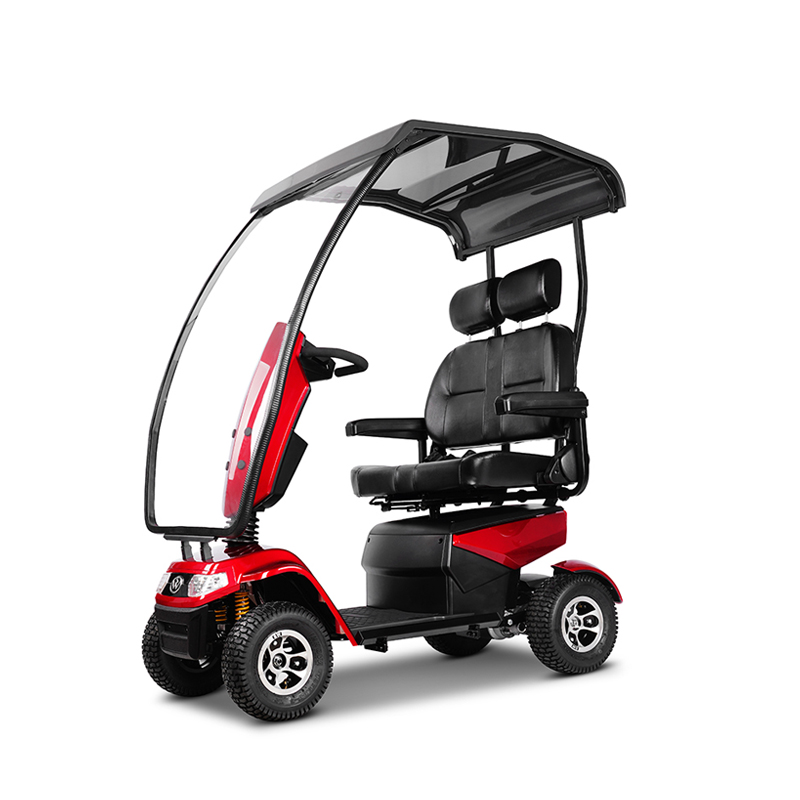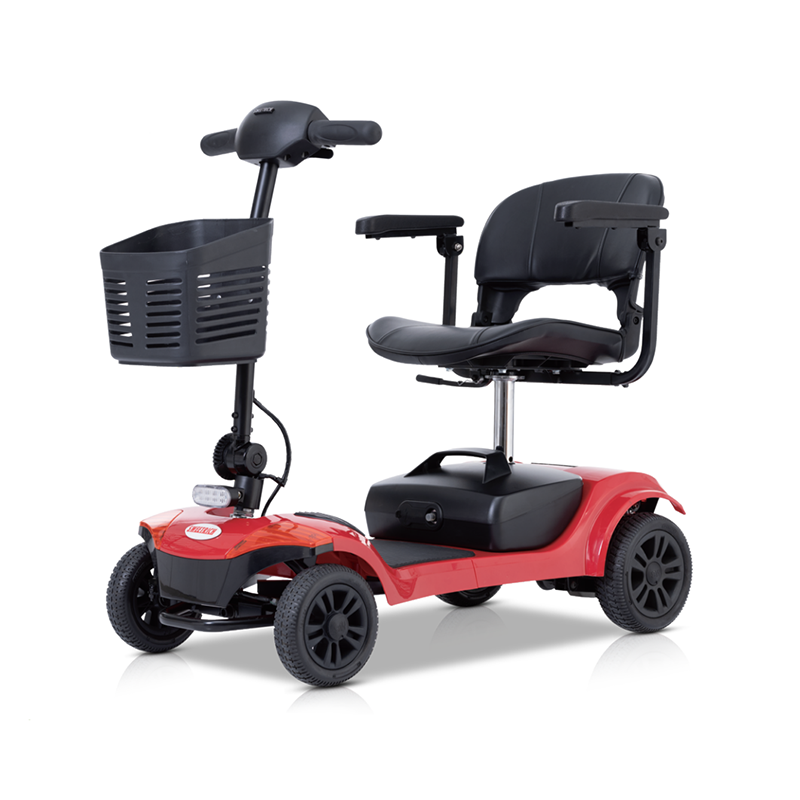Urban transportation is undergoing a subtle yet profound transformation. As city traffic congestion worsens, personal travel habits have shifted significantly. People are no longer limited to cars, bicycles, or public transit; instead, they are exploring flexible, space-saving mobility options that adapt quickly to fast-paced daily life. Leading this change is the innovative Wholesale Lightweight Scooter, designed for convenience and functionality, offering an attractive alternative for navigating crowded streets, short commutes, and complex indoor environments. With institutions, retailers, and mobility service providers seeking to meet the needs of more mobile and eco-conscious customers, the wholesale lightweight scooter market is experiencing rapid growth.
Core Advantages of Lightweight Scooters
The design of lightweight scooters focuses heavily on mobility. Their compact frames, foldable mechanisms, and light weight make daily use especially convenient. Whether climbing stairs, lifting into vehicles, or taking public transportation, these scooters ease travel burdens. From quick errands and last-mile connections to indoor navigation within large facilities, they allow easy movement without the bulk of traditional vehicles. Retailers, medical centers, and hospitality providers are increasingly integrating these scooters into their mobility services to enhance customer satisfaction.
Storage efficiency is another key benefit. Traditional scooters often require dedicated parking or bulky storage solutions, while lightweight scooters save space by design. They fit easily into closets, car trunks, or under desks, making them ideal for homes, offices, and care institutions with limited space. For organizations managing large fleets—such as hospitals or resorts—this efficiency translates to better organization and easier maintenance.
Diverse Application Scenarios
Lightweight mobility goes beyond personal use, with more industries incorporating these devices into daily operations. In healthcare and rehabilitation, scooters provide essential mobility support for patients with temporary or long-term movement challenges. Hospitals, clinics, and assisted living facilities use them to help patients move independently between rooms and buildings. Simple controls and compact designs reduce caregiver strain and increase patient autonomy.
The tourism and hospitality sectors also actively adopt these mobility solutions. Hotels, resorts, and attractions offer scooters to facilitate short-distance travel, especially in open or hilly terrains. Providing such services improves guest experience, ensures inclusivity, and enhances enjoyment for visitors of all ages and abilities.
Lightweight scooters have become a preferred option for students navigating large campuses and urban residents traveling within communities and transit hubs. Their quiet operation and ease of storage make them ideal for shared living spaces and compact urban environments.
Expanding Appeal and User Base
The appeal of lightweight scooters now extends beyond initial niche users. Once viewed as specialized aids, they attract a wider audience—including university students, commuters, travelers, and caregivers. Their compact build suits various settings, from city sidewalks and campus pathways to airports and shopping malls.
For those seeking independent mobility without the size or cost of full-scale vehicles, these scooters provide a premium travel experience while minimizing environmental impact. Their adaptable design meets the needs of different age groups and abilities—from environmentally conscious young professionals to elderly users looking for a convenient daily companion.
Design Innovation Driving Industry Growth
Advancements in materials and ergonomics have propelled lightweight scooters to new heights. Modern frames employ advanced composites and high-strength alloys, replacing heavier metals to balance portability with durability. This design advantage suits crowded urban spaces and environments where users frequently lift or store their scooters.
New generations of energy-efficient components—from motors to battery systems—are optimized to deliver consistent performance with reduced power consumption. This extends operational time and lowers environmental footprint over the product lifecycle.
Many scooters now support optional digital features to enhance safety and convenience. While not standard, these options offer flexibility for users or institutions with specific needs.
Sustainability as a Strategic Focus
As industries prioritize eco-friendly solutions, lightweight scooters stand out for their reduced resource requirements during production and use. Their compact size cuts material consumption, and many models support clean energy sources. This makes them attractive to organizations committed to broader environmental responsibilities.
Lightweight units also save space and reduce weight, benefiting logistics by optimizing transport and storage. For companies involved in bulk distribution, this translates into cost savings and a smaller ecological footprint. As sustainability gains importance in procurement, environmentally conscious products increasingly influence purchasing decisions.
Looking Ahead: Adaptive Design
Emerging trends shape the future of lightweight scooters, with users expecting devices that go beyond utility to express personal preferences and lifestyles. Adjustable seats, customizable colors, and modular accessories are becoming standard, allowing individuals to tailor scooters to comfort and functionality.
Beyond personalization, integration with smart city infrastructure is gaining momentum. Urban environments increasingly adopt interconnected transport systems, and lightweight scooters align well with these networks.
Public perception of electric mobility devices is shifting from simple transportation tools to symbols of vibrant, active living. For many, scooters represent freedom, convenience, and commitment to sustainable living.
Sweetrich leads the industry with well-chosen products and a customer-centered approach, contributing meaningfully to smart and green urban mobility.


